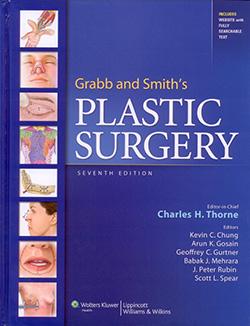
Liquid rhinoplasty, or non-surgical nose job, has become a popular form of treatment that gives your nose a temporary improvement in appearance. It is an effective technique for patients who are willing to return for injections of filler twice a year or who would like to get a temporary idea of what the result of a permanent, standard rhinoplasty might be.
Generally, this treatment is safe but there are rare, sometimes devastating complications that are possible. Liquid rhinoplasty involves the injection of filler material, usually hyaluronic acid, in the nose, and the potential complications involve the inadvertent injection of the material into a blood vessel. This procedure should only be carried out by a board-certified physician with experience in the procedure and in-depth knowledge of the anatomic region and the techniques of safe injection.
As a treatment area, the nose is quite vascular, meaning it has a complicated, plentiful blood supply consisting of small arteries and veins. Moreover, these delicate arteries and veins, like all the blood vessels in the face, have connections to the blood vessels in the eyes. If the filler material is inadvertently injected into a blood vessel then a certain amount of tissue may turn black and die. Even worse, the material may end up in an artery to the eye and cause blindness. When local tissue is threatened it can be treated by the immediate injection of an enzyme call hyaluronidase which almost always cures the problem and prevents permanent tissue loss. Unfortunately, there is no treatment for the situation where filler obstructs an artery to the eye. If vision is lost, it is almost always permanent. While this complication is exceedingly rare, patients should know that it is possible. The ways to prevent these complications is discussed below.
Severe complications of liquid rhinoplasty include:
Patients tend to think that a capable, experienced doctor will not have complications and while that is generally a safe line of thinking, these vascular complications can happen to anyone. Experienced plastic surgeons know where the highest concentration of blood vessels are located and where the largest blood vessels are located, but because blood vessels permeate the entire area, it is impossible to completely avoid the puncture of a blood vessel. This is why sometimes you get bruised when you have Botox or filler injected in other parts of the face.
There are several techniques that almost completely eliminate the possibility of these major complications:
Since HA (hyaluronic acid) is the only filler that can be dissolved immediately, no other fillers should be injected into the nose.
Rhinoplasty is the gold standard when it comes to nose jobs. It is still the best nose reshaping treatment and the results are permanent. Liquid rhinoplasty, as mentioned above, is best for:
It is ideal to seek a recommendation from a surgeon who is comfortable with both surgical and liquid (temporary) rhinoplasty so he/she can advise you appropriately and objectively.
Dr. Charles Thorne is an experienced rhinoplasty surgeon in New York City. Schedule a virtual consultation with Dr. Thorne today to determine what type of rhinoplasty is best for you.

Dr. Thorne is the Editor-in-Chief and the author of several chapters in Grabb and Smith's PLASTIC SURGERY, 7th Edition.
